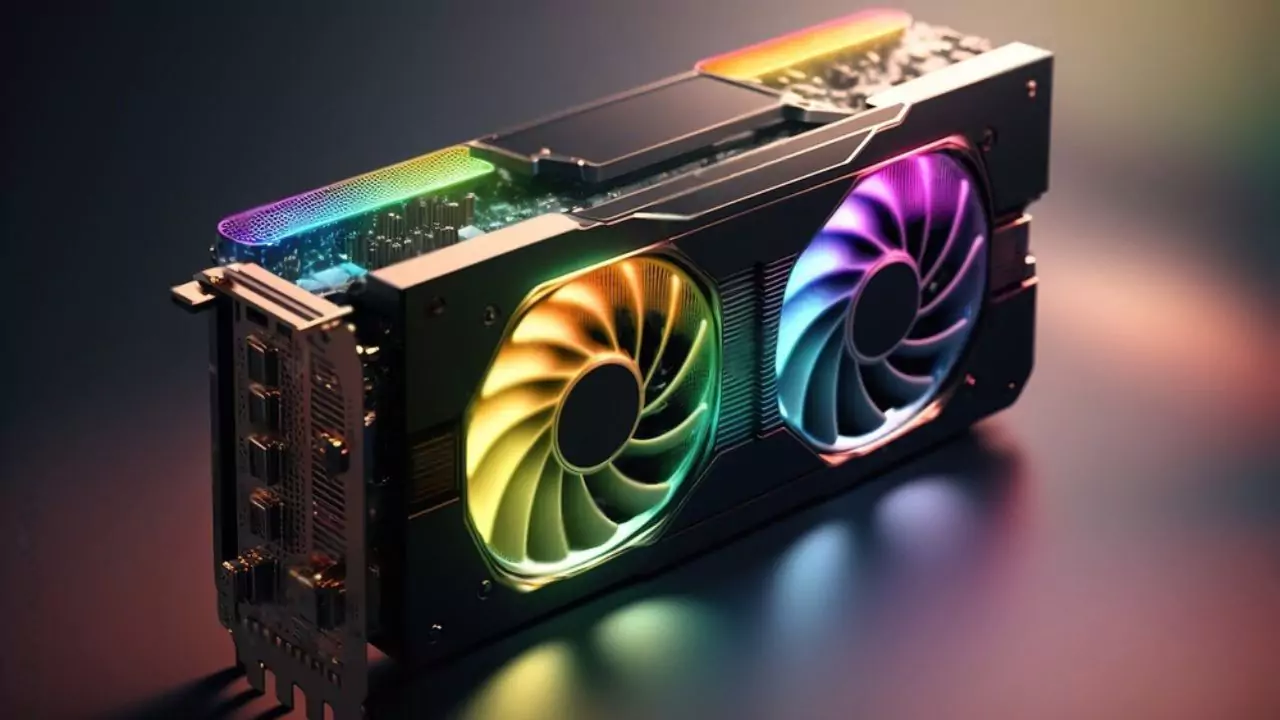A CPU GPU bottleneck calculator helps you find out if your computer’s CPU (central processing unit) is slowing down your GPU (graphics processing unit) or vice versa. Knowing this lets you understand if your PC can run games and applications smoothly.
What is a Bottleneck?
A CPU-GPU bottleneck occurs when either the CPU or the GPU limits the overall performance of a computer system, particularly in gaming or high-performance applications. If the CPU can’t keep up with the GPU’s processing speed, the GPU will have to wait for the CPU, leading to underutilization of the GPU’s full potential. Conversely, if the GPU is the weaker component, the CPU will send more data than the GPU can process, limiting graphical performance. The key to avoiding bottlenecks is balancing the performance of both components to ensure neither becomes a major limiting factor.
Why Use a CPU GPU Bottleneck Calculator?
Using the calculator is smart. It shows how well your CPU and GPU work together. If they do not match, it can lead to problems. The calculator gives you a percentage to show how much one part is slowing down the other. Higher percentages mean a bigger problem.
How to Use a CPU GPU Bottleneck Calculator
- Find a Calculator: Look online for a reliable CPU GPU bottleneck calculator. Many options are available.
- Enter Your Specs: You need to input the details of your CPU and GPU. This includes the model names and speeds. Be sure to get this right.
- Review the Results: After you hit calculate, the tool shows results. You will see the CPU bottleneck percentage and the GPU bottleneck percentage.
- Understand What it Means:
- High CPU Bottleneck Percentage: This means your CPU is slowing down your GPU.
- High GPU Bottleneck Percentage: This means your GPU is not keeping up with your CPU.
- Take Action: Depending on the results, you may need to upgrade one part of your computer.
Common Symptoms of a Bottleneck
Certain signs tell you if you’re dealing with a bottleneck:
- Choppy Frame Rates: You notice that games do not run smoothly. Frame rates drop and rise without reason. This means that one part is failing to keep up.
- High CPU Usage: When you check CPU usage and see it is at 90-100% while the GPU is lower, the CPU is likely the problem.
- Low GPU Usage: If your GPU is underused, with high CPU usage, the GPU is the bottleneck.
- Long Load Times: Games take too long to start or load. A weak CPU may cause this issue.
Tips to Avoid a Bottleneck
When building or upgrading a PC, balance is crucial. Follow these tips:
- Choose Compatible Parts: Make sure your CPU and GPU are of similar power. This way, they can work well together.
- Get Enough RAM: Aim for 16–32 GB of RAM to ensure you have enough. Rest assured, this will keep your machine running smoothly.
- Use Fast Storage: An SSD (solid-state drive) is better than an HDD (hard disk drive). It speeds up game loading and operating system performance.
- Ensure Proper Cooling: Good airflow and cooling keep components from overheating.
- Adjust Settings: You can lower the graphics settings in games. This can help if one part is struggling.
Understanding Results from the Calculator
After using the calculator, you will see two important percentages:
- CPU Bottleneck Percentage: This number tells how much your CPU limits your GPU. Lower percentages mean a better match. If it is over 50%, you need to upgrade.
- GPU Bottleneck Percentage: This shows how much your GPU is limiting your CPU. Again, lower percentages are better. Over 50% suggest an upgrade is needed.
What If the Calculator Shows a Bottleneck?
If you see a bottleneck, consider your needs. You may not need an upgrade if your current setup meets your gaming or work requirements. Your experience may be still enjoyable despite the numbers.
FAQs About CPU GPU Bottlenecks
What causes CPU GPU Bottlenecks?
They usually happen due to mismatched part speeds or outdated hardware. Strong GPUs need strong CPUs to work well.
How often should I check for Bottlenecks?
You should check whenever you upgrade a component or if you notice performance drops. It’s wise to look before buying new parts.
Can I fix a bottleneck without upgrading?
Sometimes. You can lower game settings, close background applications, or check for malware. These steps may help improve performance.
Are there risks with having a bottleneck?
No immediate damage occurs, but it may cause slower performance in games. This can lead to frustration and less enjoyment.
How do I monitor CPU and GPU usage?
You can use tools like MSI Afterburner or HWiNFO. These tools give you insights into how your system runs during games.







